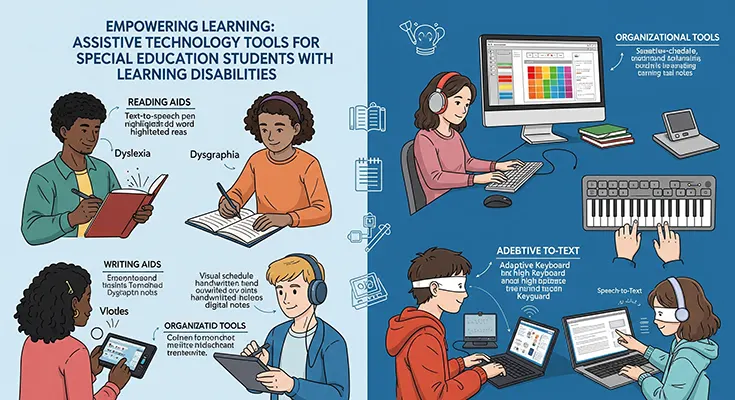
Empowering Learning: Assistive Technology Tools for Special Education Students with Learning Disabilities
In today’s educational landscape, assistive technology (AT) has become a critical resource in supporting special education students with learning disabilities. These innovative tools help bridge gaps, enhance learning, and foster independence, allowing students to access curricula and demonstrate their knowledge more effectively. This article explores the most impactful assistive technology tools designed to support special education students with learning disabilities, highlighting their benefits and applications.
Understanding the Role of Assistive Technology in Special Education
Learning disabilities can affect skills such as reading, writing, math, attention, and organization. Assistive technology provides tailored support to overcome these challenges by offering alternative ways to learn, communicate, and process information. From software to hardware devices, AT tools create inclusive classroom environments that accommodate diverse learner needs.
Types of Assistive Technology Tools for Learning Disabilities
1. Text-to-Speech (TTS) Software
TTS software converts written text into spoken words, helping students with reading difficulties better comprehend content. …
Empowering Learning: Assistive Technology Tools for Special Education Students with Learning Disabilities Read More
